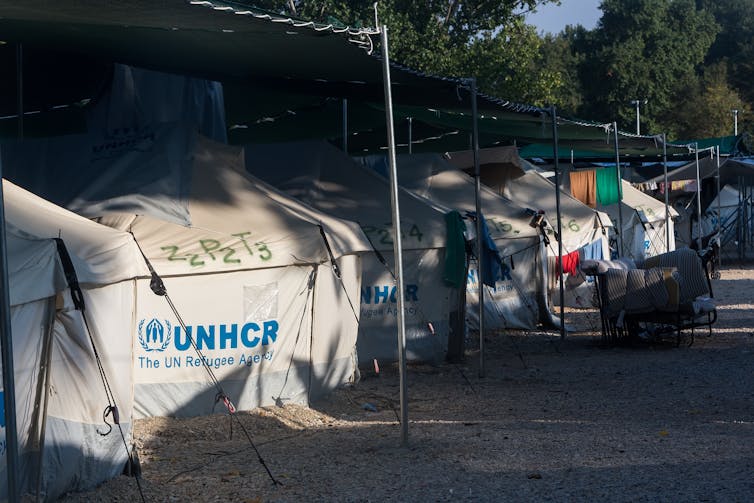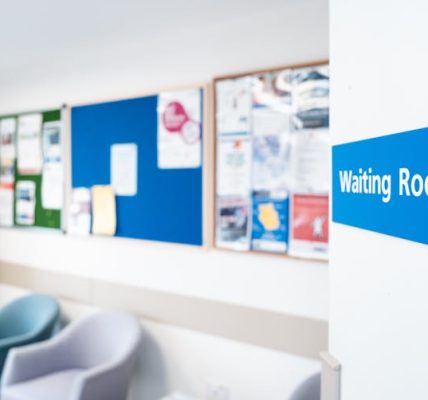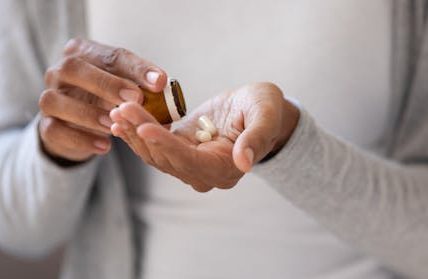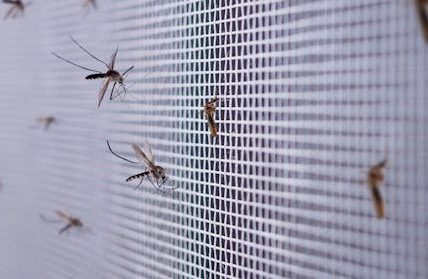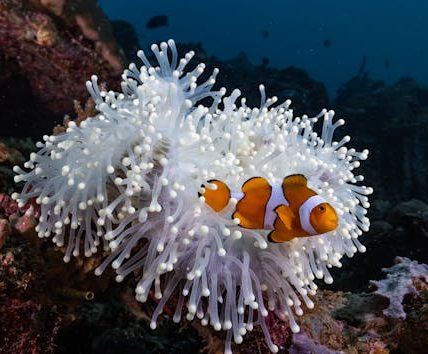Channel crossings: what is a safe and legal route?
Since figures were first recorded in 2018, more than 170,000 people have crossed the Channel in small boats, hoping to claim asylum in the UK. Over 20,000 have crossed this year alone, and many dozens have died.
Over the years, UK governments have tried a number of tactics – returns agreements, increased law enforcement, deportation schemes, and “smashing” organised smuggling gangs – to try and put an end to this dangerous practice. The latest attempt is the government’s new “one in, one out” pilot migration deal with France, which would see the UK accept some asylum seekers with legitimate claims to life in the UK, while sending an equivalent number back to France.
Read more:
How UK-France ‘one in, one out’ migration deal will work – and what the challenges could be
Campaigners, academics and groups that support asylum seekers have long called for the UK to introduce “safe and legal routes”. They argue that this is the only way to reduce demand for unsafe Channel crossings. The logic is that people seeking protection are turning to smugglers and small boats because, for most, there are no other options to enter the UK and claim asylum.
But what are these routes?
Get your news from actual experts, straight to your inbox. Sign up to our daily newsletter to receive all The Conversation UK’s latest coverage of news and research, from politics and business to the arts and sciences.
A safe and legal route is a scheme or journey approved by the UK government that allows people to enter the country without a visa in order to claim asylum. The 1951 refugee convention says that people have the right to claim asylum. But UK law requires someone to be physically present in the country to do so.
A safe and legal route stresses that arriving irregularly – for instance, by crossing the Channel in a small boat – is illegal, even though the UN refugee convention is explicit that refugees should not be penalised for how they arrive to claim refuge.
Does the UK have safe and legal routes?
The UK has had safe and legal routes available for refugees in the recent past.
Most schemes are restricted to certain populations and limited in accessibility. For example, two nationality-specific schemes for Afghans were set up in January 2022, after the fall of Kabul to the Taliban. These have resettled roughly 34,000 Afghans in the UK.
The schemes prioritised those who had worked or assisted UK efforts in Afghanistan, as well as assisting vulnerable people such as women and girls at risk, and minority groups. Both routes are now shut.
The UK also has schemes for Ukrainians and Hong Kongers. The Ukrainian schemes (Homes for Ukrainians and the now-closed Ukrainian Family Scheme), established in March 2022, have resettled 217,000 to the UK. The Hong Kong scheme is only eligible for British National Overseas status holders and their dependants. Most of these are not recognised, and nor do they identify, as refugees. Since opening in January 2021, 179,000 have been granted a visa to live in the UK.
There is also the family reunion pathway for those already granted protection in the UK, who can invite spouses or other dependants to join them. This can be viewed as a safe route, but it is specifically for those already with status (refugee or otherwise) in the country. Importantly, those who gain access this way are not given refugee status in their own right, but granted leave to remain that is connected to their family member’s status.
The UK has also worked closely with UNHCR, the UN refugee agency, since March 2021. The UNHCR identifies vulnerable candidates for resettlement direct from regions of conflict, primarily the Middle East and North Africa. This scheme highlights the value of safe and legal routes and the potential for developing a humane asylum route, but at present it is limited in scope, with only 3,798 people granted safe and dignified resettlement in the UK via this route.
The prime minister, Keir Starmer, has stressed that the new pilot with France will be limited to people “who have not tried to enter the UK illegally” and who have a strong case for asylum in the UK – again highlighting the strict access and eligibility for this “safe and legal” route.
A refugee camp in Greece in 2016.
Ververidis Vasilis/Shutterstock
If we look at the map of international conflict today, the majority of people in conflict zones would be ineligible for these schemes. Afghans, Eritreans, Syrians, Iranian and Sudanese are some of the top nationalities arriving via the Channel crossing to the UK, but are provided with no safe or legal routes to sanctuary. Yet, in claiming asylum, 68% of small boat arrivals are ultimately granted status.
Conflicts in Gaza, the Democratic Republic of Congo and Sudan have not led to any bespoke humanitarian refugee protection rights from the UK. In practice, it is legally impossible for most asylum seekers to reach the UK via a safe and legal route as the schemes are so limited in scope.
Smashing the gangs
In January 2025, the Refugee Council, an organisation that supports asylum seekers and refugees in the UK, urged the UK to introduce a safe and legal route – in the form of a limited number of refugee visas – in order to stop deaths in the Channel.
Between 2018 and April 2025, 147 people have died attempting to cross the Channel in small boats, with 2024 being the deadliest year for child migrant deaths.
The UK government’s most recent approach has been to “smash the gangs” to prevent small boat crossings. But evidence shows that a criminal justice approach, while popular, ultimately leads smugglers to change their business practices – often jeopardising people further as they take longer routes or put more people into boats.
More safe and legal routes would, on the other hand, reduce demand for smuggling across the Channel, by giving people another option.
Crucially, even if the UK were to successfully “smash the gangs”, this does not eradicate peoples’ need for protection when fleeing war zones. Safe and legal routes would introduce a compassionate and humane refugee system which adheres with the UK’s obligations under international refugee law.
Gillian McFadyen receives funding from ACE Hub Wales, Public Health Wales for the project ‘A Welsh Pathways to Peace: Digital Storytelling and Forced Migration’ (2025-2026).
